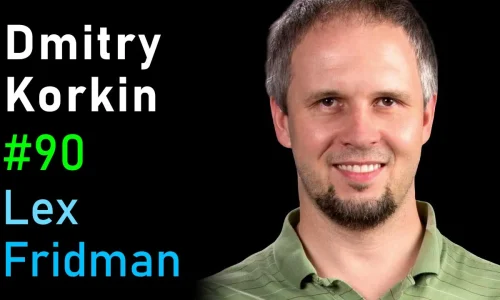See all Lex Fridman transcripts on Youtube

Dmitry Korkin: Computational Biology of Coronavirus | Lex Fridman Podcast #90
2 hours 9 minutes 1 seconds
🇬🇧 English

Omnivision Solutions Ltd
- Getting Started
- Create Transcript
- Pricing
- FAQs
- Recent Transcriptions
- Roadmap